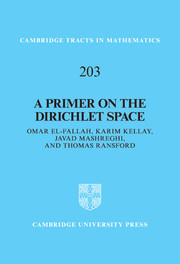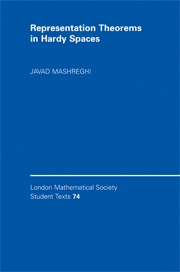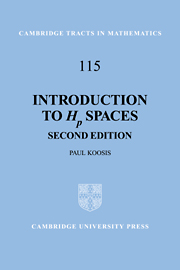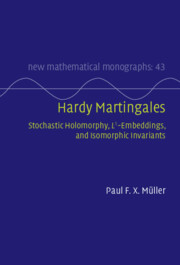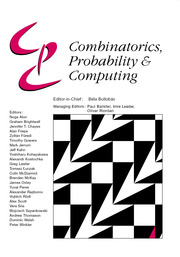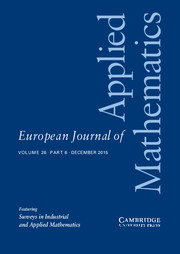A Primer on the Dirichlet Space
The Dirichlet space is one of the three fundamental Hilbert spaces of holomorphic functions on the unit disk. It boasts a rich and beautiful theory, yet at the same time remains a source of challenging open problems and a subject of active mathematical research. This book is the first systematic account of the Dirichlet space, assembling results previously only found in scattered research articles, and improving upon many of the proofs. Topics treated include: the Douglas and Carleson formulas for the Dirichlet integral, reproducing kernels, boundary behaviour and capacity, zero sets and uniqueness sets, multipliers, interpolation, Carleson measures, composition operators, local Dirichlet spaces, shift-invariant subspaces, and cyclicity. Special features include a self-contained treatment of capacity, including the strong-type inequality. The book will be valuable to researchers in function theory, and with over 100 exercises it is also suitable for self-study by graduate students.
- The first systematic account of the Dirichlet space
- Introduces researchers and graduate students to an active area of research
- Provides over 100 exercises ranging from the routine to the challenging
Product details
No date availableAdobe eBook Reader
9781107723382
0 pages
0kg
5 b/w illus. 110 exercises
This ISBN is for an eBook version which is distributed on our behalf by a third party.
Table of Contents
- Preface
- 1. Basic notions
- 2. Capacity
- 3. Boundary behavior
- 4. Zero sets
- 5. Multipliers
- 6. Conformal invariance
- 7. Harmonically weighted Dirichlet spaces
- 8. Invariant subspaces
- 9. Cyclicity
- Appendix A. Hardy spaces
- Appendix B. The Hardy–Littlewood maximal function
- Appendix C. Positive definite matrices
- Appendix D. Regularization and the rising-sun lemma
- References
- Index of notation
- Index.

